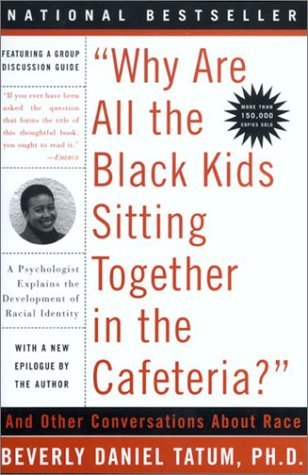A teenage girl who grew up in California dreamed of becoming a lawyer. Her family moved to the US when she was a toddler. She got excellent grades and anticipated going to university and then law school. She was prepared to work to pay for her education. After all, it’s the American Dream. And in America, you can be anything you want to be.
One day, the teen came home from high school and her parents sat her down for a talk. We are in the US illegally, they told her. You can’t go to university. You can’t get a loan or a mortgage and you won’t be able to follow your dream of going to law school. If you tell anyone about our status – about your status as an illegal citizen – we’ll be deported.
After high school, the teen got a job as a dishwasher in a restaurant and she has squashed all of her aspirations. There’s nothing wrong with the job, except that it’s not what she wanted to do. She’s frustrated and disillusioned. The American Dream didn’t apply to her after all.
It’s for people like this young woman that former President Obama created DACA (Deferred Action for Childhood Arrivals) on Executive Order. It allowed someone like her to pursue her goals without fear of being punished or deported. Under DACA, she could have declared herself to the government as a child of illegal citizens, and not faced consequences.
When the Trump administration was new, the Cheeto in Chief moved to cancel DACA, attempting to characterize it as a program meant to allow rapists and murders to stay in the US. DACA was in limbo until this June when the Supreme Court rejected Trump’s cancellation of it, and fully restored DACA. Sadly, now it’s being complicated by the pandemic.
This is one of the thousands of stories about the lives of immigrants that I’d never even considered. My White privilege strikes again. Reading about it was like a punch in the gut. I could imagine my young self in her place. I remembered my ambitions and hopes for a broadcasting career when I was her age. I could feel the pain of it all being taken away in a flash, and how hopeless it would make me feel.
This small nugget I paraphrased was part of a chapter on non-white people who are also not Black, in the excellent book, Why Are All The Black Kids Sitting Together in the Cafeteria? It’s a book about racism but it’s deeper than that, yet written in a very accessible way. The author, a psychologist, delves into how racial identity is formed and how and why so many White people don’t even believe we have a racial identity. That’s partly because no one keeps pointing it out to us. We just sail along on the smooth surface of life, while racialized people all around us fight their way through the bumpy middle and bottom.
Recently, I’ve had many discussions with White friends about how much we didn’t know about race. We have Black and Brown friends, we aren’t racist, we believe everyone is equal – and that’s not nearly enough. We see that now. And even those White people who deny White privilege have it anyway. It’s undeniable. And it’s no longer invisible.
I can’t recommend this book highly enough. After the murder of George Floyd (I refuse to say “death” when he was so obviously murdered) and the protest that followed, I realized I had much to learn. I’ve absorbed a lot in the weeks since I wrote a post about my reaction and the book, The Skin We’re In. This is one of those journeys where you never truly arrive. You just keep going.
My book-reading habits have changed. Every second book I choose is about racism, or White privilege or simply a book that was written by a Black author. Why Are All the Black Kids Sitting Together in the Cafeteria? was written 20 years ago, but it’s been completely updated (and some parts were rewritten) for today. Beyond educating ourselves, we need to talk to each other about what we’re learning. And that’s why today, I’m sharing this with you.


Sometimes its a matter of prospective. In China, japan, Korea and others, you would be a racialized person. In North America and Europe your not and the tables are turn, , prospective. And if your a person with a disability, who are consistently ignored when we talk about addressing discrimination, it doesn’t matter your skin colour or what country you live in, the challenges are the same.
The most prevalent and pervasive form of systemic discrimination second to none, is perception! And that would be of the sighted! If the worlds people were blind, would there be racism?
Racism is taught so I believe that it wouldn’t matter if sight was missing from the equation. As long as people fear what they don’t understand, feel a need to be superior to another human being, or believe in negative stereotypes there will be racism. The ego needs to be unimportant in order to view all living things as equal.
Interesting. If you can’t see the colour of ones skin or there pyysical appearance, how can you teach racism based on appearances? Racism is also that of observation and fitting in. For if those you wish to associate with have a certain belief or attitude you’ll adopt it to fit in and be part of the group. But, once again, if everyone in the group is blind, the attitude you adopt won’t be based on what you see or the colour of there skin or cultural background. You can’t teach that which you have no concept or understanding of and that includes racism.